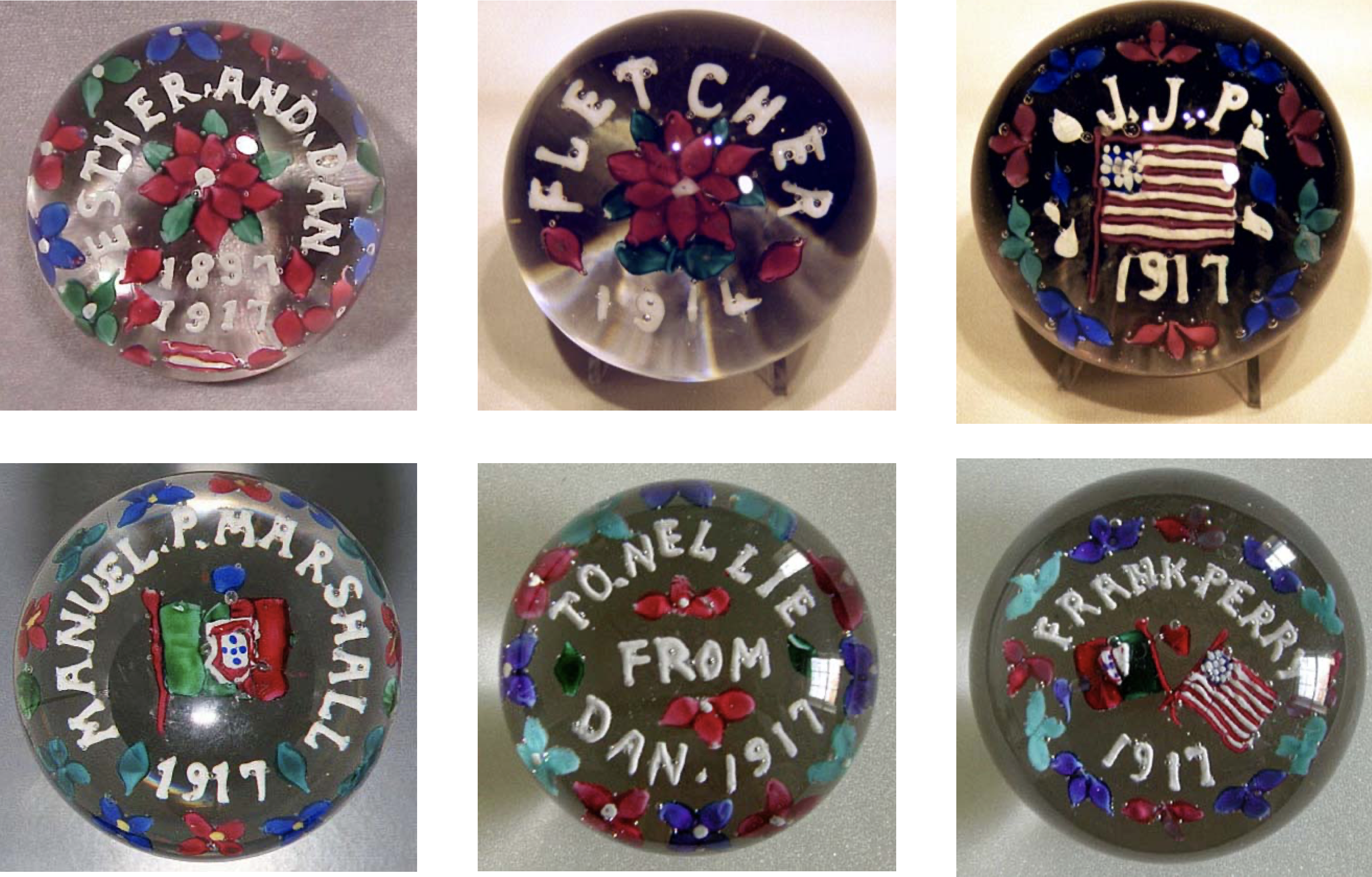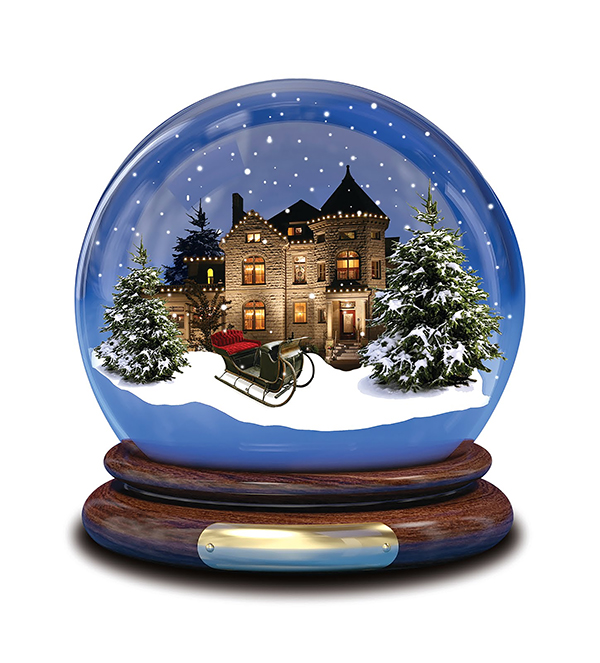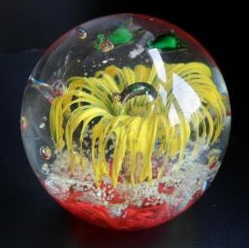Planes make me nervous but this time I forget all about my fears. The excitement of the Convention is something I have never felt before. I just want to be there.
I have been collecting paperweights for ten years now. A little treasure (Baccarat George Washington Sulphide 1954) I found in a Goodwill store started it all. I was immediately hooked. Whitefriars followed Muranos. Saint Louis paperweights followed millefiori bottles. I added a little bit of this, and a little bit of that with my expanding knowledge.
Paperweight collecting was a world I created for myself filled with beautiful things. Paperweights, pictures, books. It has become my passion over the years. I can just go in my world and forget all the other things happening.
One day I found out about the PCA – “Hmm – there is an association for people like me” I thought. Several years passed until I made the first move of becoming a member. I would get bulletins and I would think “people are actually doing research and writing articles about these things”. I was still a quiet collector in my own shell. I didn’t know one single person. When I talked about paperweights with my friends, they thought I was speaking another language. It was a hobby, a lonely hobby.
Then came social media: Facebook pages about Paperweights. What a great idea!!! I created my own 2 pages: “Whitefriars Paperweights Collectors Group” and “Millefiori & Lampwork Bottles and Inkwells” in 2017. That was one of the best things I have ever done. I could post what I had or what I liked, indirectly share my collection. The authors I would see in PCA Bulletins would appear on my Facebook pages one after the other. The sellers on ebay® would have a face, collectors becoming my friends. Each day I had a special reason to be on social media. I would post pictures, spread the love of paperweights. The response was great. This was fun. This was exciting. I am not alone. I meet with different people everyday online.






 The confusion starts with the word “paperweight” itself. Even the earliest modern paperweights were designed more as decorative objects than as utilitarian tools to keep papers from blowing off your desk. It might have been more helpful to refer to them as glass sculptures or miniature worlds or – as some artists today call them – orbs.
The confusion starts with the word “paperweight” itself. Even the earliest modern paperweights were designed more as decorative objects than as utilitarian tools to keep papers from blowing off your desk. It might have been more helpful to refer to them as glass sculptures or miniature worlds or – as some artists today call them – orbs. The more fundamental problem, though, is that many things have been called paperweights. There are also many small objects – think snow globes or pet rocks – that fit the broad definition of being mildly artistic and commonly found on desks. I find it difficult to explain why those don’t belong in my paperweight collection, at least without sounding a bit snobbish.
The more fundamental problem, though, is that many things have been called paperweights. There are also many small objects – think snow globes or pet rocks – that fit the broad definition of being mildly artistic and commonly found on desks. I find it difficult to explain why those don’t belong in my paperweight collection, at least without sounding a bit snobbish.
